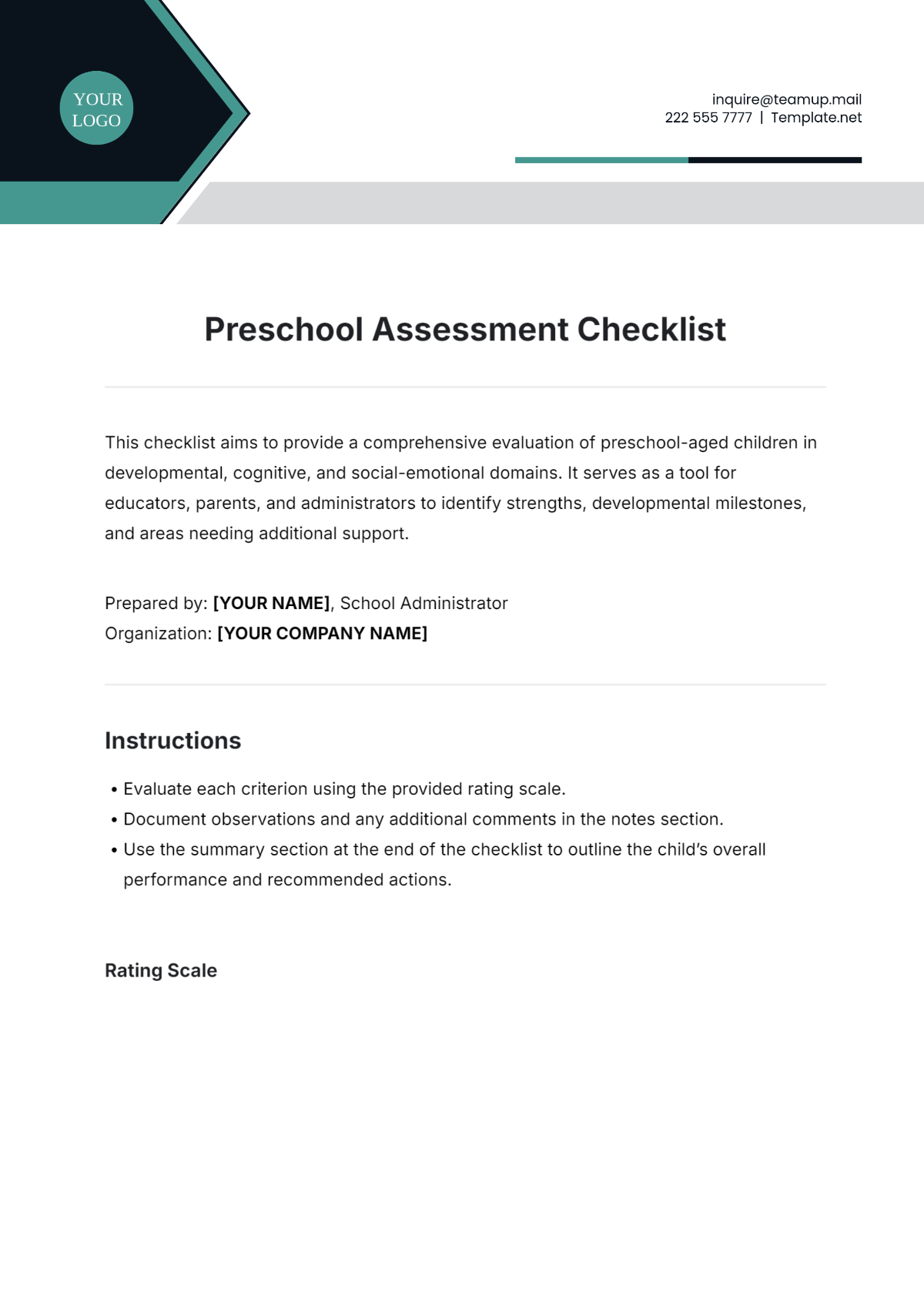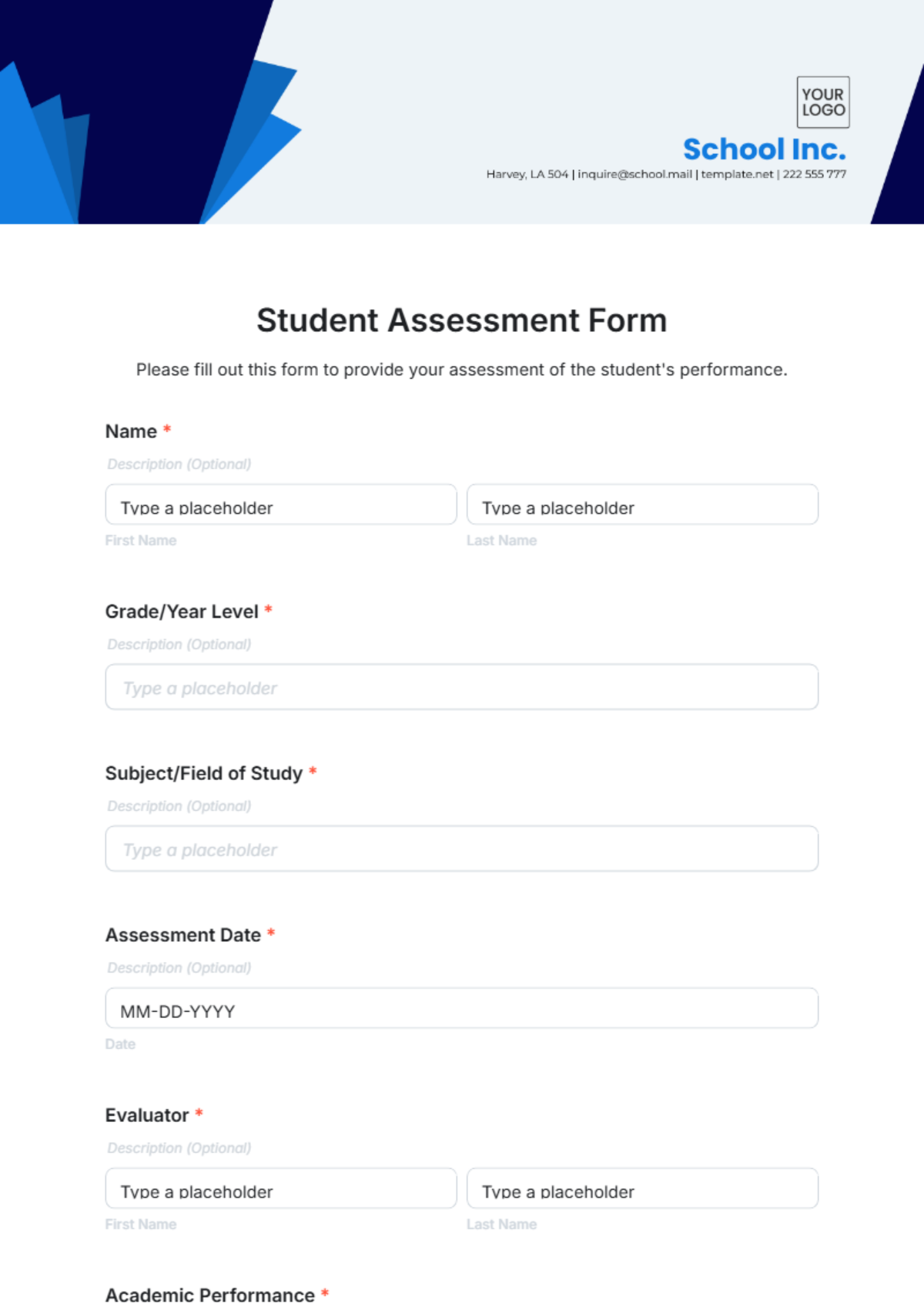Cost Outcome Assessment Layout
I. EXECUTIVE SUMMARY
This section provides an overview of the cost outcome assessment, including the objective of the analysis, key findings, and recommended actions. It serves as a high-level summary for stakeholders who need to understand the essence of the report quickly.
Key Points:
Purpose of the Cost Outcome Assessment
Summary of Costs and Benefits
Recommended Actions/Decisions
II. INTRODUCTION
This section introduces the context of the assessment, explaining why the cost outcome is being analyzed and its relevance to the goals of [YOUR COMPANY NAME].
Key Elements:
Objective of the Analysis
Scope of the Assessment
Timeframe for the Assessment
III. COST ASSESSMENT
This section details all the costs associated with the project, investment, or initiative being analyzed. Costs should be categorized and broken down into manageable sections.
Key Categories:
Direct Costs:
Labor costs (salaries, benefits)
Material costs (raw materials, supplies)
Equipment costs (purchases, leasing)
Software and licensing fees
[ANY OTHER RELEVANT COSTS]
Indirect Costs:
Overhead (utilities, administrative support)
Training and development
Maintenance and operational costs
[ANY OTHER RELEVANT COSTS]
One-Time vs. Recurring Costs:
Break down the initial investment costs versus ongoing operational expenses.
Projected Cost Fluctuations:
Estimated cost increases over time (inflation, market trends).
IV. BENEFIT ASSESSMENT
This section outlines the tangible and intangible benefits derived from the project or investment. Similar to the cost section, benefits should be categorized.
Key Categories:
Direct Benefits:
Increased revenue
Cost savings
Operational efficiency improvements
Market share expansion
[ANY OTHER RELEVANT BENEFITS]
Indirect Benefits:
Improved employee satisfaction and retention
Brand reputation enhancement
Customer loyalty and retention
[ANY OTHER RELEVANT BENEFITS]
Intangible Benefits:
Strategic alignment with company goals
Competitive advantage
[ANY OTHER RELEVANT BENEFITS]
V. COST-BENEFIT COMPARISON
This section provides a detailed comparison of the total costs against the total benefits. A cost-benefit ratio can be calculated here to provide clarity on the overall value.
Key Elements:
Total Costs vs. Total Benefits
Cost-Benefit Ratio
Return on Investment (ROI) Calculation
Payback Period
Sensitivity Analysis (What if scenarios)
VI. RISKS AND MITIGATION STRATEGIES
This section identifies potential risks associated with the project and outlines strategies to mitigate them. Risks could include financial, operational, or strategic concerns.
Key Risk Categories:
Financial Risks:
Budget overruns
Unforeseen costs
[ANY OTHER RELEVANT RISKS]
Operational Risks:
Delays in implementation
Resource shortages
[ANY OTHER RELEVANT RISKS]
Market Risks:
Competition shifts
Regulatory changes
[ANY OTHER RELEVANT RISKS]
Mitigation Strategies:
Risk monitoring frameworks
Contingency planning
[ANY OTHER RELEVANT STRATEGIES]
VII. CONCLUSION AND RECOMMENDATIONS
This section summarizes the findings from the cost and benefit analysis and provides actionable recommendations based on the data presented.
Key Elements:
Summary of Key Insights
Recommended Next Steps for [YOUR COMPANY NAME]
Suggested Timeline for Implementation
Final Decision on Proceeding with the Project
VIII. APPENDICES
This section includes any additional supporting information, charts, tables, or references that were used in the analysis. It can include detailed financial models, risk assessments, and any other documentation relevant to the cost outcome assessment.
Key Elements:
Supporting Financial Data
Assumptions Made in Calculations
References and Citations

















































